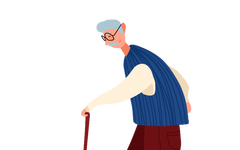Traditional Chinese Medicine Knowledge Brief
Traditional Chinese Medicine
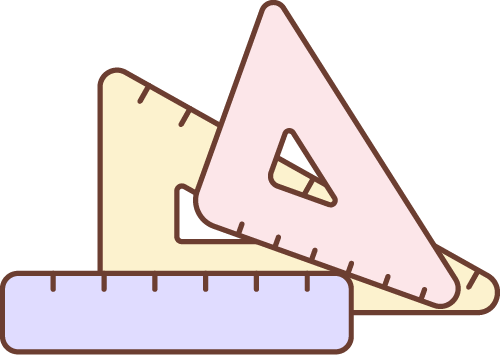
As the saying goes, “Time is a butcher’s knife.” Time is fair to everyone; no one can escape the aging process characterized by graying hair, sagging skin, and declining physiological functions, which is often accompanied by various degenerative diseases such as cardiovascular diseases, malignant tumors, diabetes, and neurodegenerative diseases.
Oxidation is one of the triggers of aging in the human body. Every metabolic process in the body involves redox reactions, leading to the production of free radicals. Free radicals are atoms, molecules, or groups containing unpaired electrons, typically including oxygen-centered and nitrogen-centered free radicals, known as reactive oxygen species (ROS) and reactive nitrogen species (RNS). ROS/RNS have strong redox reactivity and can disrupt other molecules by stealing electrons, resulting in damage to cell membranes, proteins, DNA, and even impairing the function of entire cells. Fortunately, our body has an innate antioxidant system to resist free radicals, maintaining balance and minimizing damage. However, when free radicals are produced excessively and antioxidant enzymes are insufficient, free radicals cannot be cleared in time, leading to cell apoptosis and tissue damage.
Shu Di Huang (Rehmannia glutinosa) is sweet, slightly warm, and enters the liver and kidney meridians [1]. It is a traditional Chinese medicinal herb with a long history of use. Modern pharmacological studies have found that Shu Di Huang possesses antioxidant and anti-aging properties. Let us explore this further.
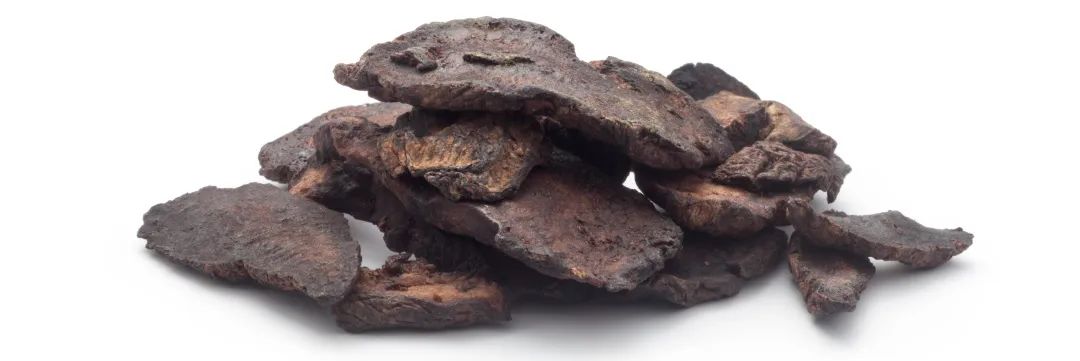
Figure 1 Shu Di Huang
1
Antioxidant
With age, the activity of antioxidant enzymes in the body gradually decreases, weakening the ability to clear free radicals. The accumulation of free radicals in the body can cause damage to tissues and cells, leading to various diseases such as cancer, cardiovascular diseases, Alzheimer’s disease, and Parkinson’s disease, posing significant health risks.
Pharmacological studies have shown that the polysaccharides in Shu Di Huang can scavenge hydroxyl radicals, superoxide anions, and DPPH (1,1-diphenyl-2-picrylhydrazyl, a nitrogen-centered free radical commonly used in in vitro antioxidant studies), demonstrating good antioxidant capacity both in vivo and in vitro. The antioxidant activity of Shu Di Huang polysaccharides even surpasses that of the synthetic antioxidant BHT (butylated hydroxytoluene, widely used in food, cosmetics, pharmaceuticals, and rubber products to extend shelf life and inhibit oxidation) [2]. Shu Di Huang polysaccharides can also enhance the activity of antioxidant enzymes in the serum and organs of aging model rats, boosting the body’s antioxidant effects.
2
Anti-Aging
During the aging process, nerve damage often occurs, affecting the patient’s motor and cognitive abilities, and in severe cases, it can even threaten life. Once nerve damage occurs, it is usually difficult to recover. This raises the question: why is there a connection between aging and nerve damage? This may be due to the deterioration of the survival and growth environment of neural stem cells in the brain during aging, leading to reduced neurogenesis and inability to timely replenish functional neurons and brain-derived neurotrophic factors, resulting in nerve damage.
Research has shown that Shu Di Huang polysaccharides can promote the secretion of neurotrophic factors from glial cells, which can stimulate the proliferation and differentiation of neural stem cells in aging model animals, ensuring timely replenishment of functional neurons and brain-derived nutrients, thereby reducing the occurrence of nerve damage [3-4]. Additionally, the antioxidant effects of Shu Di Huang polysaccharides also contribute to delaying aging [5].
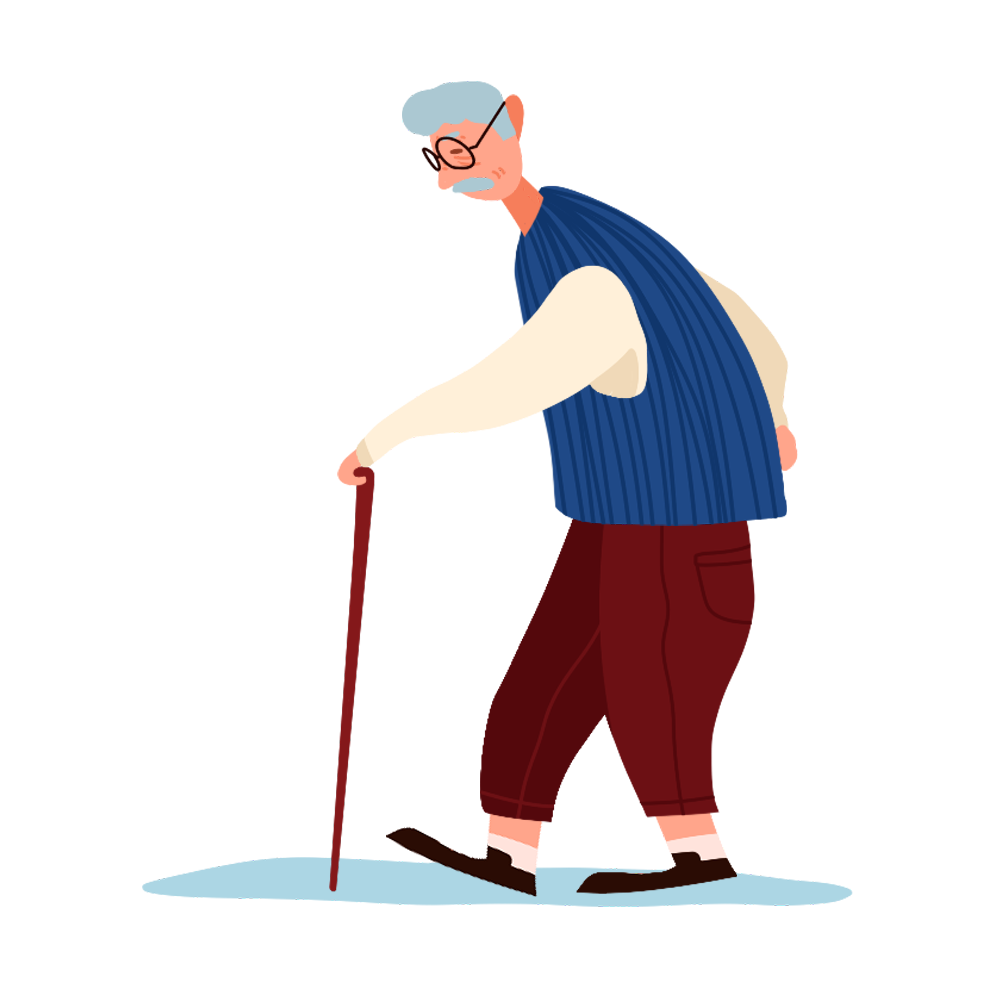
Figure 2 Aging—Humanity’s Eternal “Enemy”
3
Conclusion
Aging and oxidation have a relationship of “you are in me, and I am in you.” During aging, the activity of antioxidant enzymes decreases, and excessive free radical generation causes damage to human tissues and cells, including nerve damage, which is a manifestation of aging. Therefore, it is evident that both anti-aging and antioxidant measures are necessary for prevention. Modern pharmacological research indicates that the polysaccharides in Shu Di Huang have antioxidant properties, directly scavenging excess free radicals in the body while enhancing the activity of antioxidant enzymes. Antioxidation is a crucial strategy for anti-aging, and in daily life, moderate consumption of Shu Di Huang can help with antioxidant and anti-aging effects, maintaining youth and health. However, it is advisable to follow medical advice based on individual health conditions when consuming it.
References (scroll to read)
[1] Chinese Pharmacopoeia [S]. 2020.
[2] Hu Jianran, Li Ping, Wang Junyao. Study on the Extraction and In Vitro Antioxidant Activity of Shu Di Huang Polysaccharides [J]. Chinese Journal of Traditional Chinese Medicine, 2021, 39(12): 37-41
[3] Yang Longwang. Study on the Effect of Compound Traditional Chinese Medicine Polysaccharides on Delaying Aging in Caenorhabditis elegans [D]. Guangdong Pharmaceutical University, 2020.
[4] Study on the Pharmacodynamic Basis of Shu Di Huang in Promoting Proliferation of Aging Neural Stem Cells [D]. Beijing University of Chinese Medicine, 2020.
[5] Yuan Yanyan. Study on the Anti-Aging Effects and Mechanisms of Raw and Cooked Shu Di Huang Polysaccharides Based on Caenorhabditis elegans Model [D]. Beijing University of Chinese Medicine, 2020.
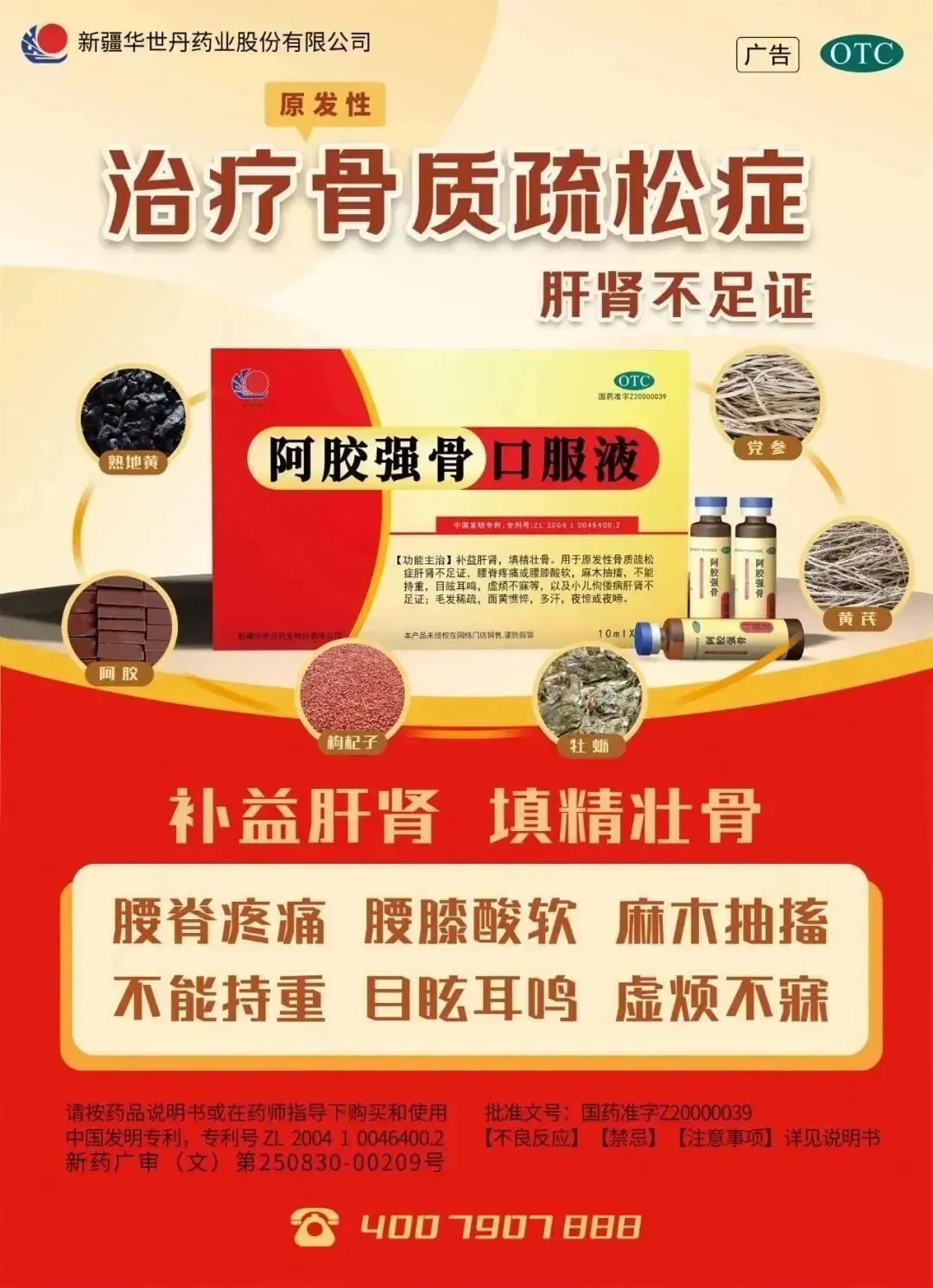
Figure 3 Ejiao Strengthens Bones
Please read the instructions carefully or purchase and use under the guidance of a pharmacist.
END


